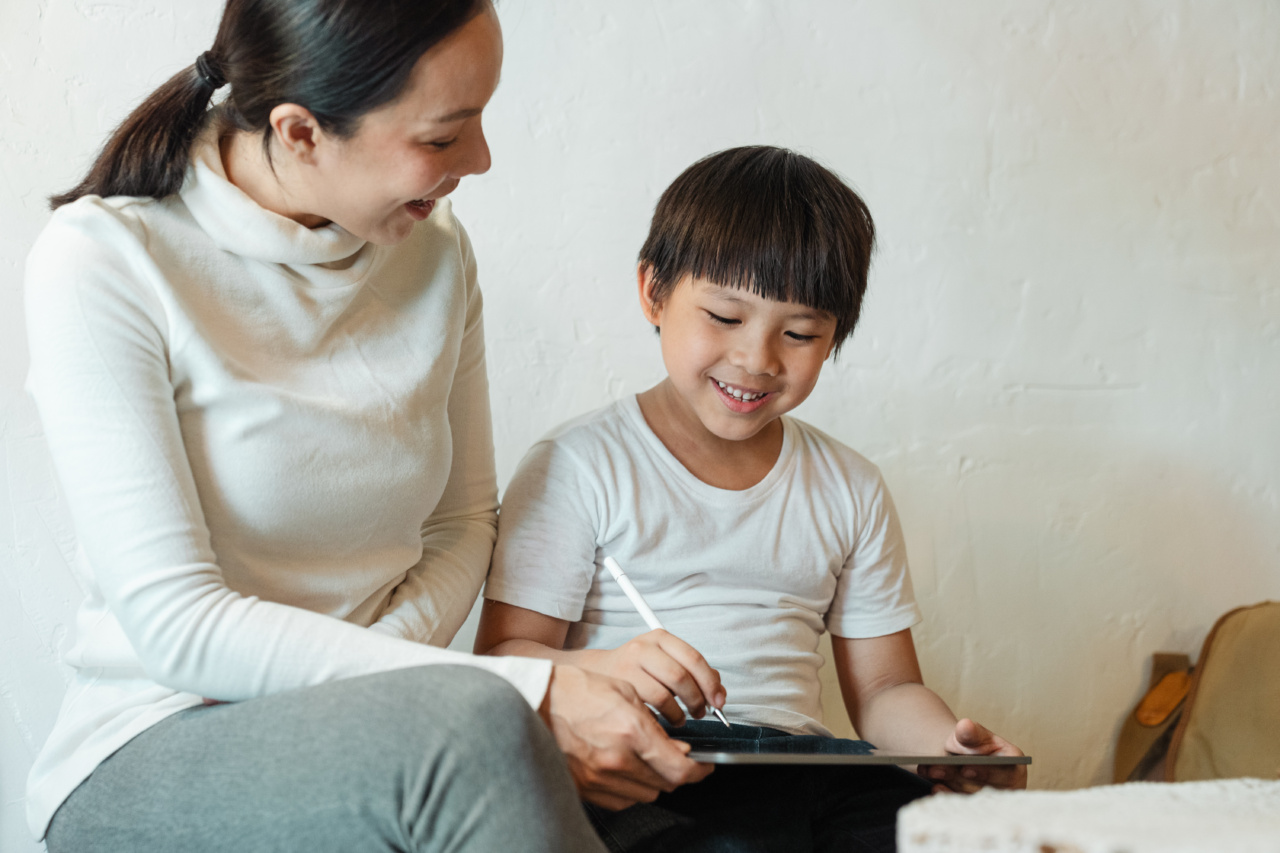Dogs can be possessive over a number of things, whether it’s their food, toys, bed, or even their owners. While it’s natural for dogs to guard items that they perceive as valuable, it can be frustrating and even dangerous in some cases.
As a responsible dog owner, it’s important to teach your possessive dog to share. Here are 10 ways to help your dog learn to share.
1. Start Early
The earlier you start teaching your dog to share, the easier it will be for them to learn. Puppies go through a critical socialization period between 3-14 weeks of age, during which they are most receptive to new experiences and learning.
Introducing your puppy to other dogs, people, and objects during this time can help them learn to share and be more socially adaptable. However, it’s never too late to start teaching an older dog to share.
2. Use Positive Reinforcement
Positive reinforcement is the most effective way to teach your dog to share. When your dog shares, praise and reward them with treats, toys, or affection. This positive feedback will encourage them to repeat the behavior.
Don’t punish your dog for not sharing, as this can create negative associations and make them more possessive.
3. Practice with Toys
Start with toys that your dog is not very interested in and gradually work your way up to their favorite toys. Offer a toy to your dog and when they take it, wait a few seconds and then offer another toy.
Encourage them to let go of the first toy by saying “drop it” and rewarding them when they do. Over time, your dog will learn to let go of toys when asked.
4. Practice with Food
If your dog is possessive over their food, start by offering them a small amount and when they finish, offer them more. Gradually increase the amount of food you offer and encourage them to share by saying “give” or “share”.
When your dog shares, reward them with more food or treats.
5. Teach Basic Commands
Teaching your dog basic commands like sit, stay, come, and leave it can help them learn to share. When your dog is possessive over an item, use the “leave it” command and offer them a more desirable item instead.
When they let go of the item, reward them with the new item.
6. Play with Other Dogs
Playing with other dogs can help your dog learn to share. It’s important to supervise playtime and intervene if any aggressive behavior occurs. Encourage sharing by offering toys and treats to all the dogs. When your dog shares, praise and reward them.
7. Socialize Your Dog
Socializing your dog with other people and dogs can help them learn to be more outgoing and comfortable with sharing. Take your dog to obedience classes, dog parks, and other social situations to expose them to new experiences.
Encourage positive interactions and praise your dog when they share.
8. Set Clear Boundaries
It’s important to set clear boundaries and rules for your dog. For example, if your dog is possessive over the bed, establish a specific area for them to sleep in and teach them to stay in that area.
Consistency is key, so make sure everyone in the household is following the same rules and reinforcing positive behavior.
9. Reward Calm Behavior
If your dog gets possessive or aggressive, don’t reward them with attention or treats. Instead, ignore the behavior and wait for them to calm down. When they are calm, praise and reward them.
This will help them learn that calm behavior is more desirable than possessive behavior.
10. Seek Professional Help
If your dog’s possessiveness is causing safety concerns or interfering with their quality of life, it may be time to seek professional help.
A certified dog trainer or behaviorist can assess the situation and provide personalized training and behavior modification techniques to help your dog learn to share.
Conclusion
Teaching your possessive dog to share can take time and patience, but it’s an important part of responsible dog ownership.
By using positive reinforcement, practicing with toys and food, teaching basic commands, and socializing your dog, you can help them learn to share and be more socially adaptable. Remember, seeking professional help is always an option if you are having difficulty.





























